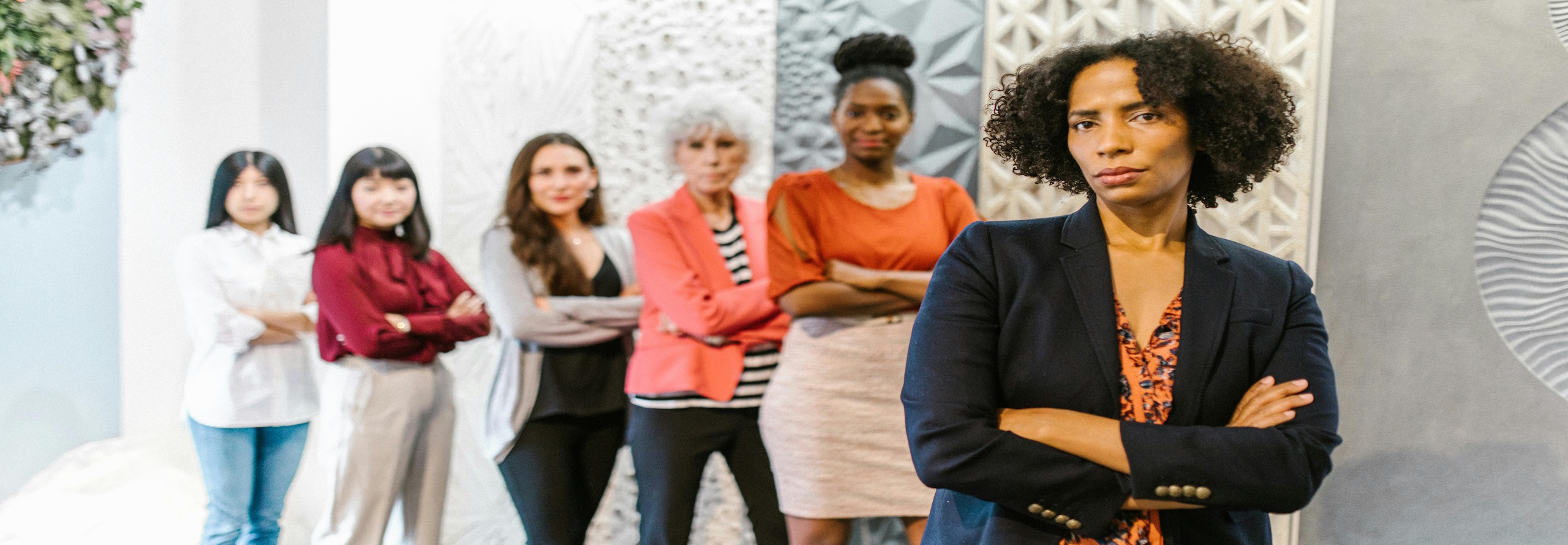Does Your Clothing Matter?
Recently there was controversy over the PM of Sri Lanka Dr. Harini Amarasuriya wearing a shalwar / kurtha on an official visit overseas. There were those arguing for and against her choices – some saying there is an official dress code and others saying she’s an educated individual who is free to wear what she chooses.
I wanted to share some of my and others experiences when it comes to representing yourself as first – a woman – and second, as a citizen of your country. I work in international business and have been travelling overseas on work for the past 15 years. As much as I would love to say that my education and presentation as a competent individual should overshadow any dress I wear, I know, through interaction and the general sentiment expressed towards women, that how I dress, does matter.
Firstly, for context, I do as a part of marketing, trainings for international hospitality staff. The dress code there amongst the top management is a business suit. I would love to do the trainings in slacks and a t-shirt. However, I know, that me being in a business suit with makeup and heels, gives them a more professional type of status from me. And that is important as I am introducing brands and products that are new. If it were a mere workshop for staff, then the dress code would not matter.
Secondly, as a Sri Lankan, I know that many so called first world countries expect a certain low standard in terms of the work we do, how we present ourselves and how we fit into their perceived biases. To shed some light on the biases, I would like to share my late aunt’s experience some years ago going for an interview at a leading university in Singapore. My aunt was a Professor of Linguistics and a Fulbright scholar. She was told by an East Asian colleague that they nearly did not give her the job because she wore a saree for the interview. My aunt wore a saree because she believed in identifying with the Asian culture professed by countries like Singapore. However, what is on paper, what is promoted and what is actual, are very different.
Learning to identify these nuances in perception is very important to creating good impressions and building good relationships. In this sense, knowing what to wear, when and where is very important.
So yes, we can all tout the American, tech world casual wear model but try going for a meeting anywhere even locally where you haven’t conformed to some kind of dress code, especially as a woman, and then listen to the comments and sentiments afterwards. As much as we would love to tout progress, a lot of us are still very biased based on how we see other people dress and overseas, it is no better, but possibly worse. Hence, how you represent, does matter a lot whether we like it or not and these are precursor impressions that influence a lot of decisions later.
Should we change? Yes, but it’s not going to happen anytime soon. As acts of rebellion, I and many others, have started adding bits of our own identity into the clothes we wear. I wear my Sinhala alphabet Li as a pendant and my nose ring is prominent at all times. Even certain colours, motifs on the blazers etc. have been added to show a sense of rebellion to the accepted norm. Yet these are subtle and would eventually lead to what we hope, is an acceptance of us as we are.









